Meet the course manager: Canterbury Golf Club’s Ray Goodsall
Related Articles
Ray talks about maintaining the venue during a participation surge, stemming the effects of worm casts, how his team manicures undulating terrain on the course, a career that’s seen him manage courses in England and Germany, and having to choose between being a guitarist and a greenkeeper.
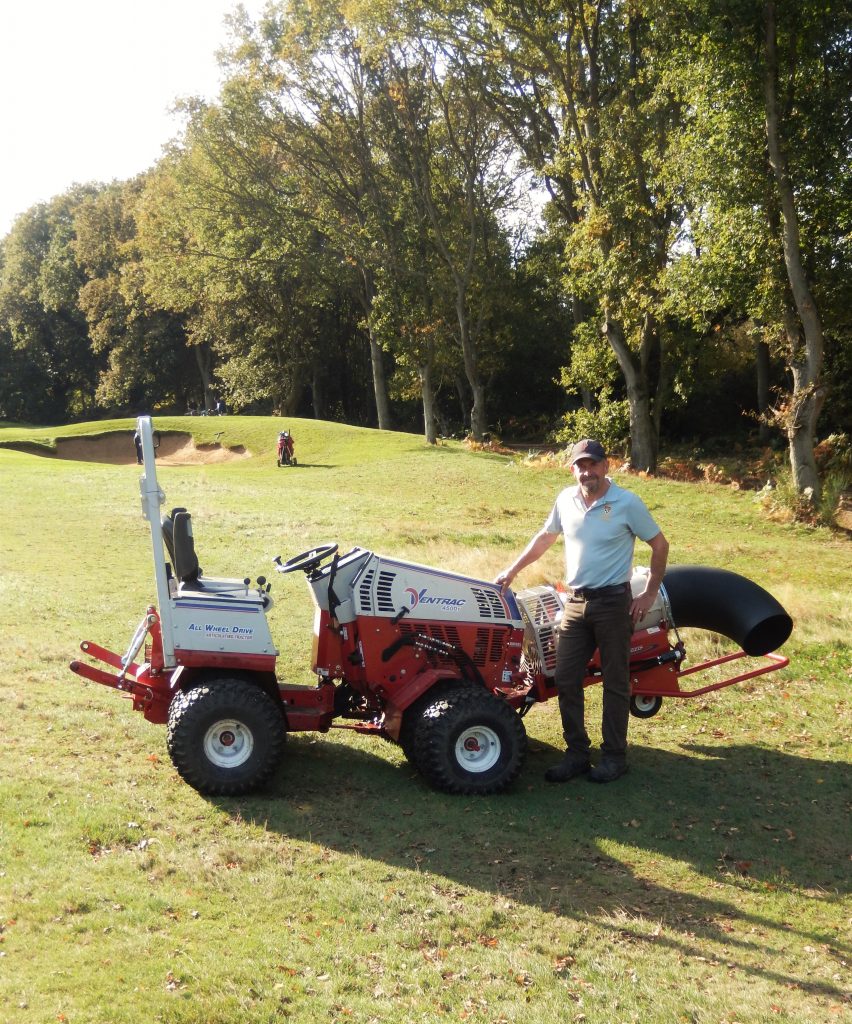
The land on which Canterbury Golf Club is built on was originally owned by the Ministry of Defence (then known as the War Department), which appointed Harry Colt to design an 18-hole golf course on it, which opened in 1927. It took until less than a decade ago until the club finally bought the freehold from the Ministry of Defence.

The club has managed to generate a decent annual profit since acquiring the property seven years ago and has embarked heavily on reinvestment in the course.
Here, its course manager, Ray Goodsall, takes us through what it’s like maintaining the venue today.
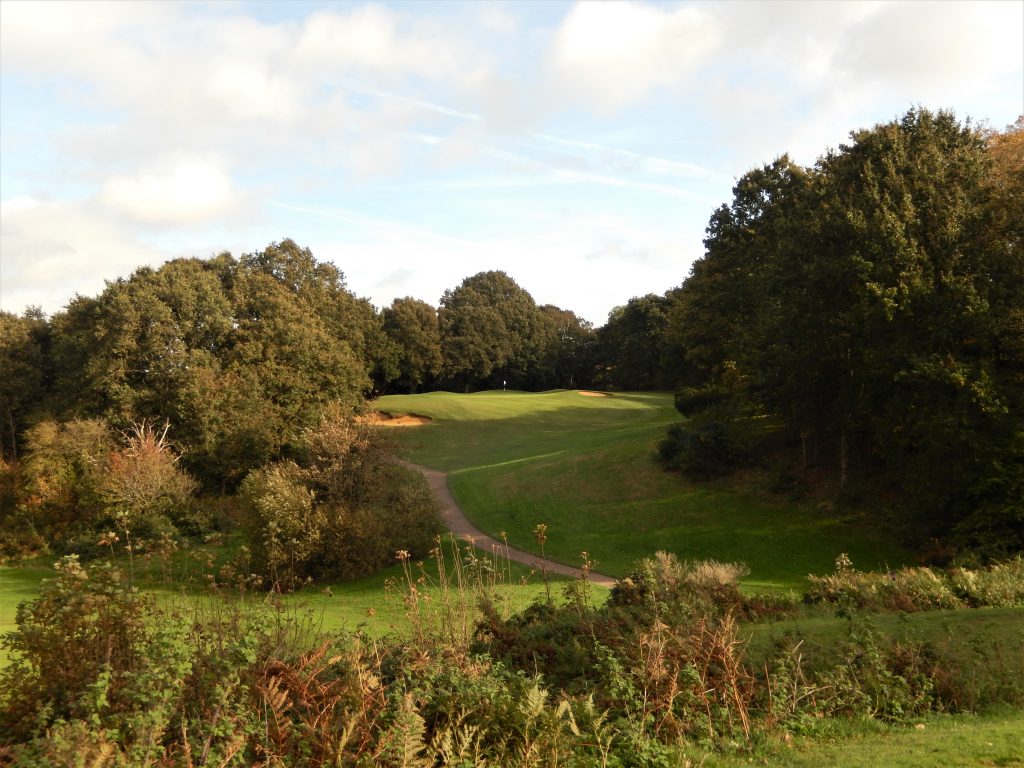
How has your career progressed to be the course manager at Canterbury Golf Club?
Starting in 1982 on the wonderful South Downs courses at Worthing Golf Club, I served my apprenticeship under Hugh McGillivary, with day release to Plumpton College. Hugh was a well-known figure within the industry and attracted a talented team. I learnt from most but Jake McEwen (now of Sporting Club Berlin) was the one who took me under his wing and ignited my thirst for knowledge.
I spent five years at Worthing before taking the deputy’s position at the neighbouring Hillbarn Golf Club. Then a municipal club, it had a huge amount of play, a tiny budget and was a far cry from Worthing. Considering these two complexes had no more than a wire fence between them, it really bought home just how diverse golf clubs can be. Two years on and I took a position at Wentworth and two years later I gained the assistant course manager’s position at Camberley Heath Golf Club. The club had not long been purchased by the Japanese firm of Matsushita and was undergoing considerable development. I thoroughly enjoyed my seven years in that position.
It is fair to say that my career progression had laboured somewhat through these formative years, directly as a result of my other passion, that of music. As a guitarist with late nights performing and as a greenkeeper with early mornings tending to the needs of the course, I was obviously spreading myself too thinly to give either discipline a good go.
With a family in its infancy, I decided to hang up the guitar as it was time to head a team of my own and we found ourselves traveling out to Germany and Golf Club Herford. With not a word of German to my name and a team that spoke no English, I spent the first couple of days pointing! As you can imagine, in that situation you learn quickly and at times I had the team in stitches with my methods of translation.
After a short while, a position in Austria was offered to me at an exciting new development with a Pete Dye design and a wealth of facilities. On arrival though, the American consortium that had offered me the position decided to pull out of the acquisition. We were high and dry with no choice but to return to Britain.
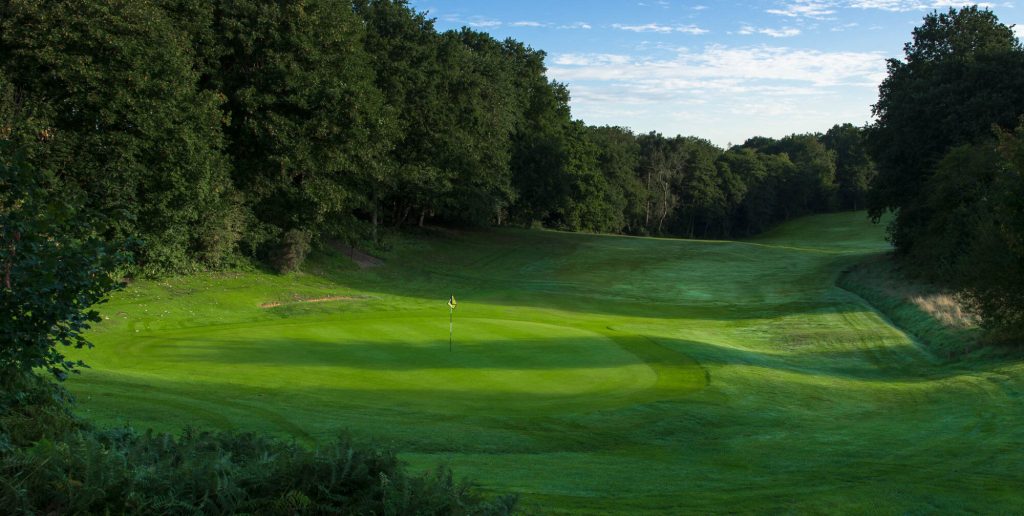
The only head greenkeeper’s position being advertised was at Upminster Golf Club and I was fortunate enough to be offered it. After four years at Upminster, I gained the course manager’s post at Saffron Walden Golf Club. A course laid out over the old deer park of the Audley End estate. I was just as proud to be looking after 160 acres of Capability Brown landscape as I was the golf course and I stayed for 13 years before moving to Canterbury in 2016.
My responsibilities at the club are those generally associated with course managers at private members’ clubs, although I would consider Canterbury to be quite progressive relatively speaking. We have no greens committee as such, instead we have a core of two members who are Steve Eeles and David Elliott, general manager Roger Hyder, assistant course manager Dan Fisher and myself. This provides for wider scope, speedier decision making and the continuity that is so lacking with an ever-changing greens committee.
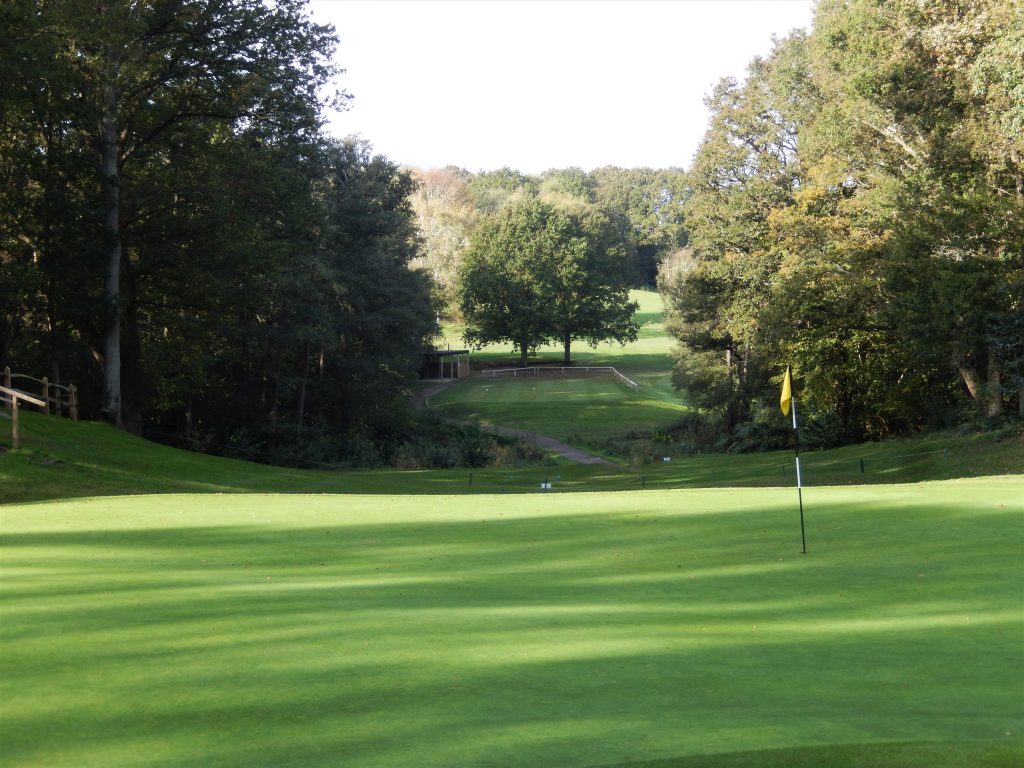
What is the overall size of the greenkeeping team?
We are presently seven, two assistant greenkeepers, David Fitch and Simon Bacon, mechanic / greenkeeper Keith Kemp, apprentice Toby Robertson, seasonal / part-time Tom Perriman, newly appointed assistant course manager Dan Fisher and myself. Play starts at 7am and at this time of year we must rely on head torches and LED light bars attached to the mowers to get out early enough to stay ahead of the golf. It is important that the team stick together in the dark as we move through the first few holes. Communication is high and supporting each other prevents being held back and snagged up in the golf.
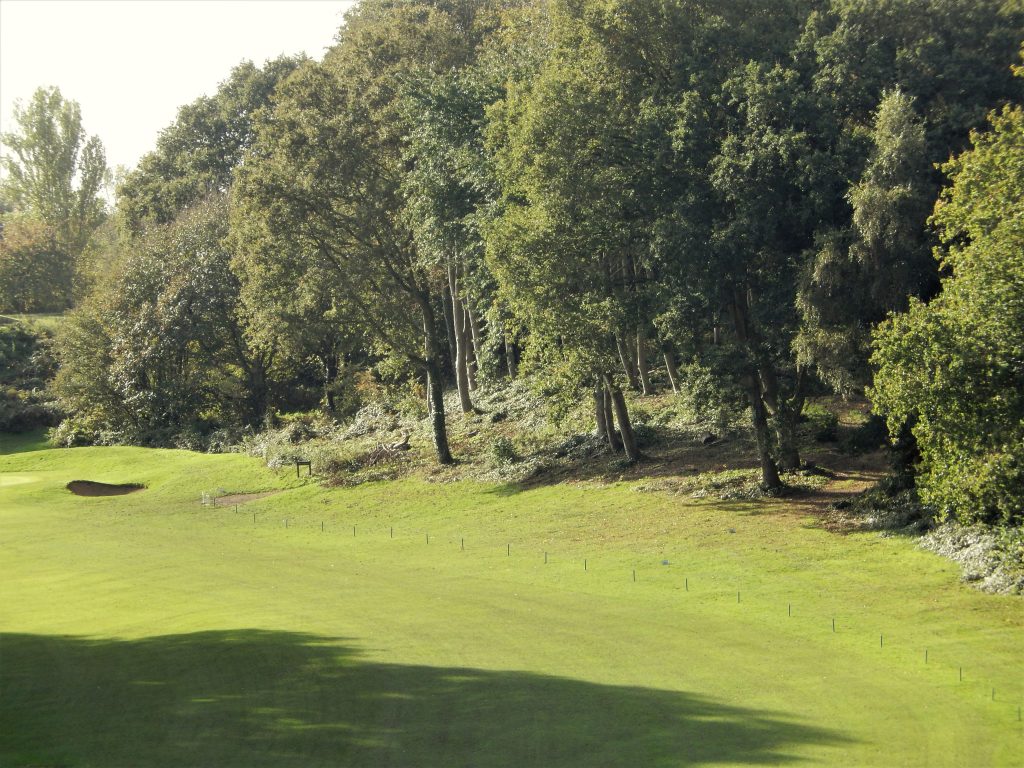
How have you managed to maintain the course with increased membership and play throughout the pandemic?
Certainly, relying on the willingness of staff to continue to adapt and be flexible is key, especially considering the longevity of the situation. It was also obvious that we would need the cooperation of the membership to allow for the necessary agronomic tasks to take place. Communicating the importance of this work was going to be a vital component and we found them most supportive and understanding once they were more well informed. Overall, the camaraderie between members and staff has been great and we have had many wanting to volunteer and muck-in.
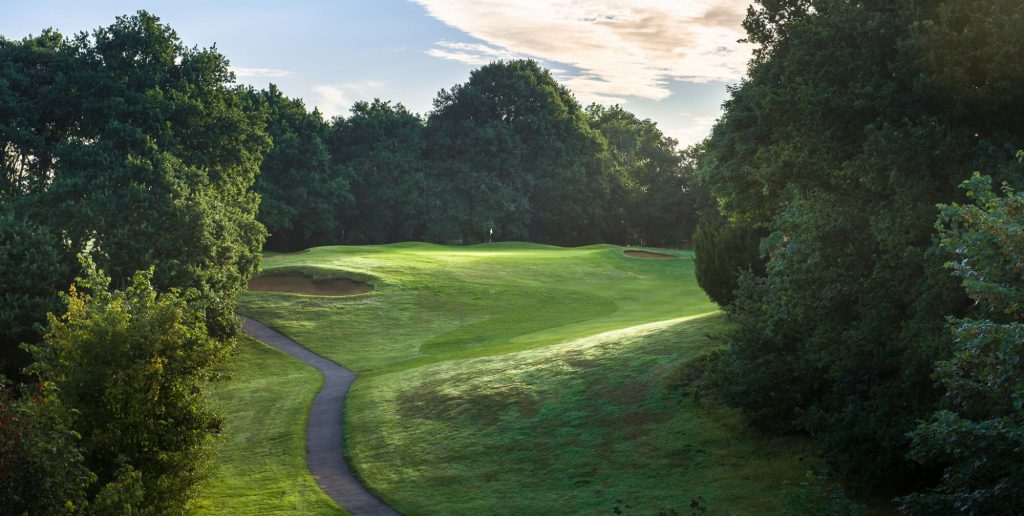
The health and performance of the greens is high. What maintenance programmes are you running to achieve these results, how often do you roll the greens and what level of satisfaction do you believe you are currently delivering to golfers?
We manage low N inputs and keep growth to a minimum. This allows for less disruptive treatments as our build-up of fibre is negligible, the ‘Low Disturbance Theory’ if you will. With our old ‘push-up’ greens, I feel it is far more important to increase the depth of good rootzone material, rather than keep plugging it out. We also concentrate our efforts on breaking up the stark pan between the rootzone and clay beneath. Brushing enough sand into Verti-drain holes creates a transitional zone into the clay base. Keeping the holes empty at the surface allows pencil tining to close them up and after some passes with the greens iron, we’re back to true and pacey.
Verti-cutting or light scarification are only considered if we are emptying more that a couple of times a round, a programme of Revolution surfactant allows us to keep control of watering, light sand top-dressings and pencil tining between renovations are just a few of the agronomic processes that we undertake. Regular rolling with the iron is vital to our greens management. Often rolling four times a week allows us to keep performance levels high whilst not stressing the grass plant by unnecessary low heights of cut. Our members are more than happy with the pace and quality and are proud of the fact that, locally, our greens are held in high regard.
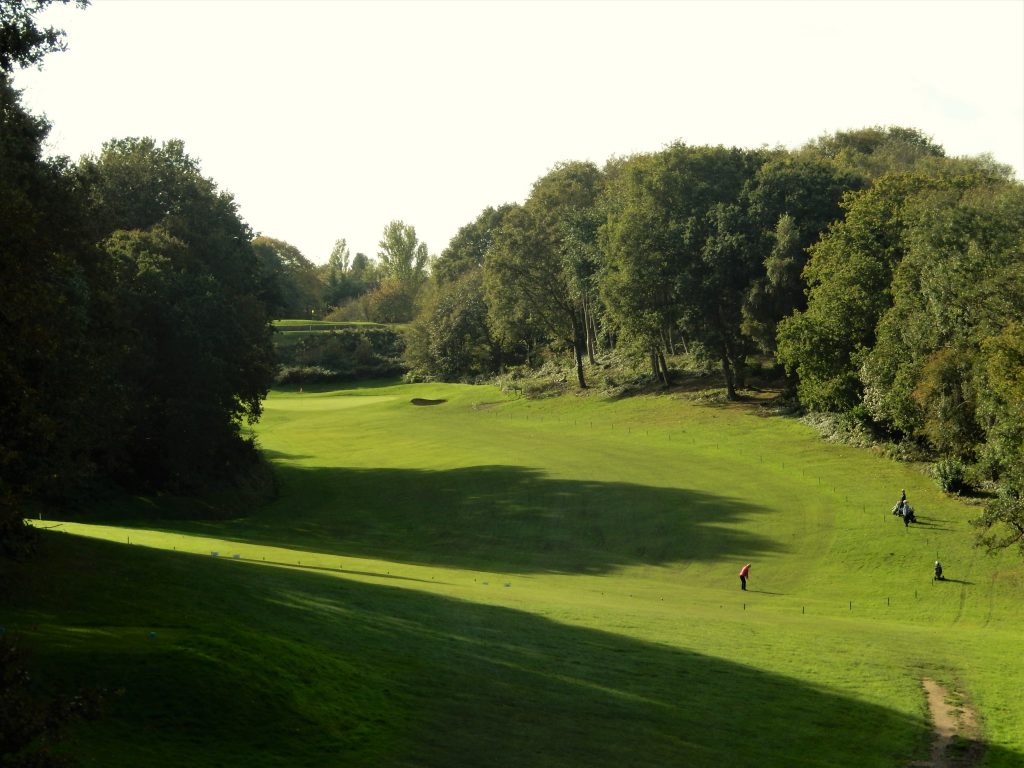
The substrate of the course in areas lends itself to worm casting. How much of a problem has this presented in light of chemical treatments withdrawal, what actions have you taken to remedy this and what level of success are you experiencing?
We have a handful of holes over heavier soils and these suffered significantly last autumn / winter. It took us by surprise and our 12th hole lost cover to one area of fairway of 1000m2, luckily most of this happened whilst locked down. As soon as we had a slight rise from winter temperatures, we broadcast Barenbrug’s RPR by hand over the affected area. The germination rate was great and by May we had a perfectly playable surface. To try and stem the effects of worm casts, we are applying sand, iron, acidifiers, penetrants, growth regulators and brushing before every cut. It’s too early to tell how well we will fair this year; I’m just hoping for less rain than last.

The club has invested in drainage recently. What areas have been worked on, what work was undertaken, what results have you experienced and do you have further drainage work plans?
Through August ‘Contour Golf’ came in to work on four holes. Each had a bespoke design made up of mains, laterals and sand banding. The results are great, recovery is now almost instantaneous. Next year the task will finish with the last two holes being drained.
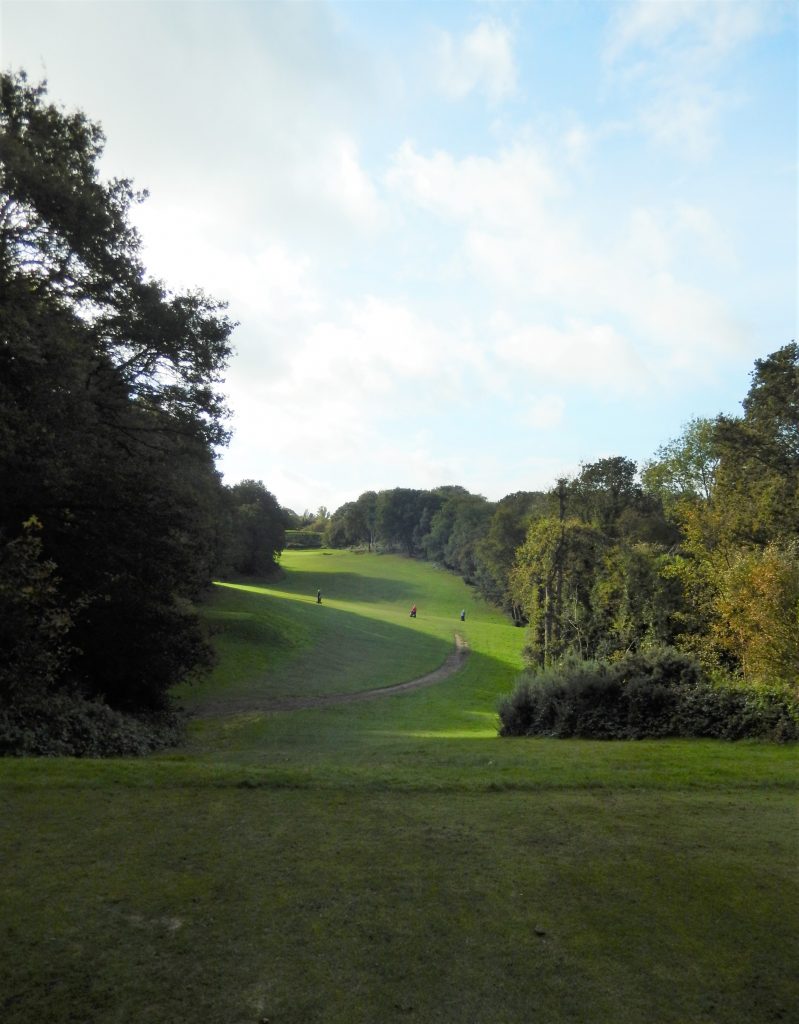
You recently purchased a Ventrac 4500 all-terrain compact and a selection of versatile attachments. What was it that particularly appealed to you about the Ventrac and what attachments did you opt for?
We have some heavily undulating terrain and steep bankings throughout the course. Being able to properly manicure these areas has not been possible and only by hand to stay within the course risk assessment. It was this issue alone that first brought the Ventrac to my attention..
I’d seen plenty of footage online and heard from a couple of friends of its merits. Our local dealership, Agwood, arranged a demonstration of the machine with a collection of attachments chosen by ourselves. It was a very impressive demonstration and indicated just how suited the Ventrac was for our needs. Being convinced that we should add the Ventrac to the fleet, the justification was easy to put together. With the unit we purchased five attachments: Contour deck, Tough deck, Turbine leaf blower, Stump grinder and Aerator with spoon, core and slit tines.
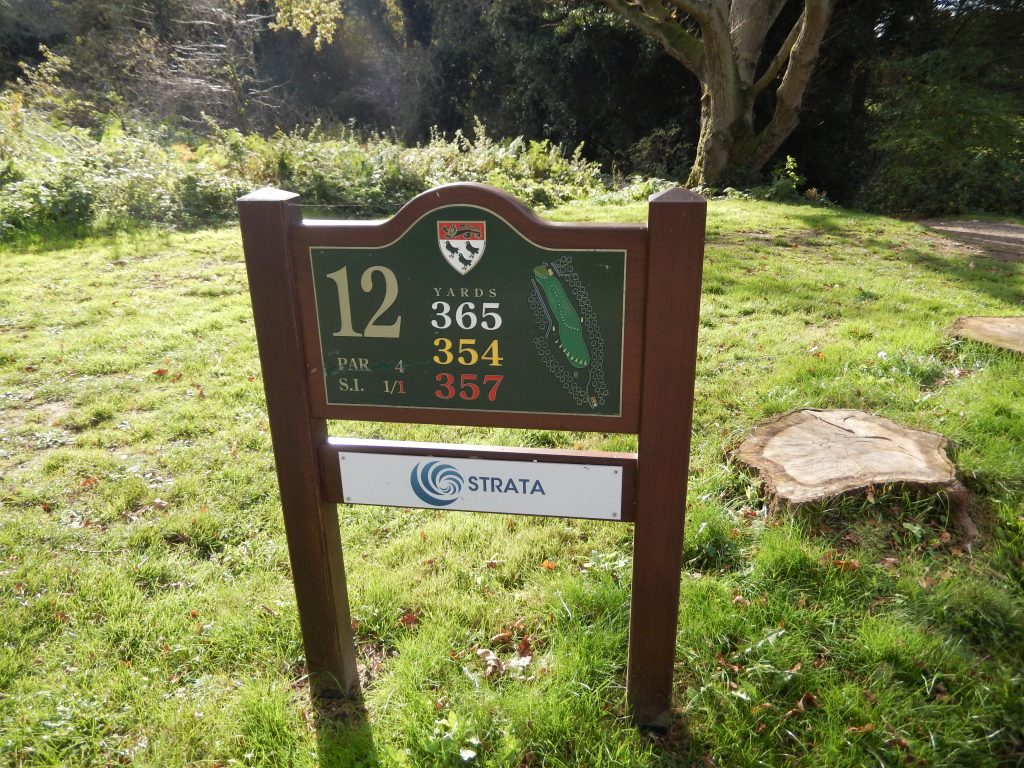
What performance has the Ventrac delivered in wet conditions and how does it manage slopes and tee banks?
We have a stream that runs through the length of the course and some closely mown areas close to this heavy ground simply could not be cut outside of the summer months. The Ventrac copes with ease in these areas and we are looking forward to having much improved winter surfaces here. Regarding the mowing of bankings, the Ventrac has eliminated many red boxes from the course risk assessment and for me, that has been a real blessing.
We are also opening up large areas through invasive woodlands, close to greens and tees. Much of this is on steep ground and grinding stumps will be so much easier now.

In terms of performance across the course, safety and value for money, how would you rate the Ventrac?
It is early days regarding our experiences with this machine, but already we are being rewarded. With the initial expense now behind us, we can add to the collection of attachments with little financial pain!
I totally rate the Ventrac.
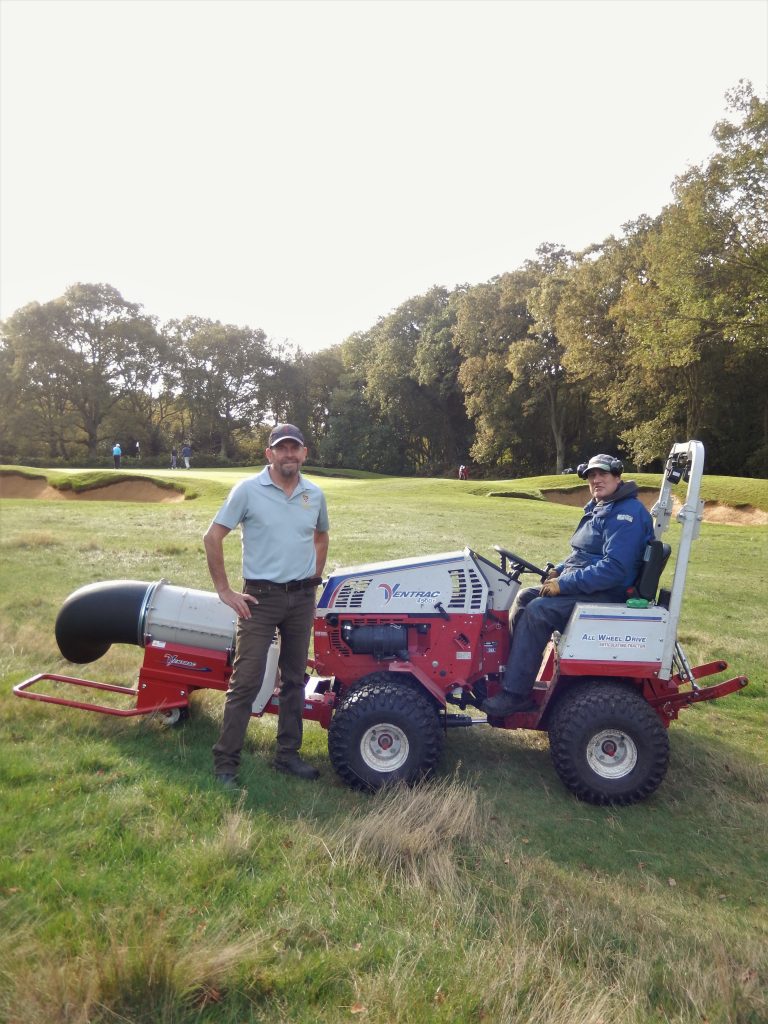
The course site is a SSSI and the composition is highly varied. Please can you outline the variation and how challenging this can be to manage?
Our site is quite unique, from acidic grassland, wet woodland to pure stone substrates. As all these areas converge on the golf course, it is of great interest to Natural England. With these variations, the ground conditions and therefore playing characteristics, change dramatically through the course. My philosophy on this is that I could beat myself up trying for consistency. I prefer to encourage members to embrace the differences experienced as one plays the course. It’s certainly one that people don’t get bored of playing.

What machinery fleet are you currently using and what piece of kit impresses you and why?
We have a mix of brands, but as we continue to replace machinery bought previous to my tenure, we will become predominantly Toro. Impressed with? Well, it would have to be the Ventrac, that is until we purchase the Toro Procore 648.
What height of cut are you using across the course?
Greens, 3.5mm growing, 5mm dormant; tees, 8mm growing, 12mm dormant; fairways, 12mm growing, 16mm dormant; rough, 63mm.
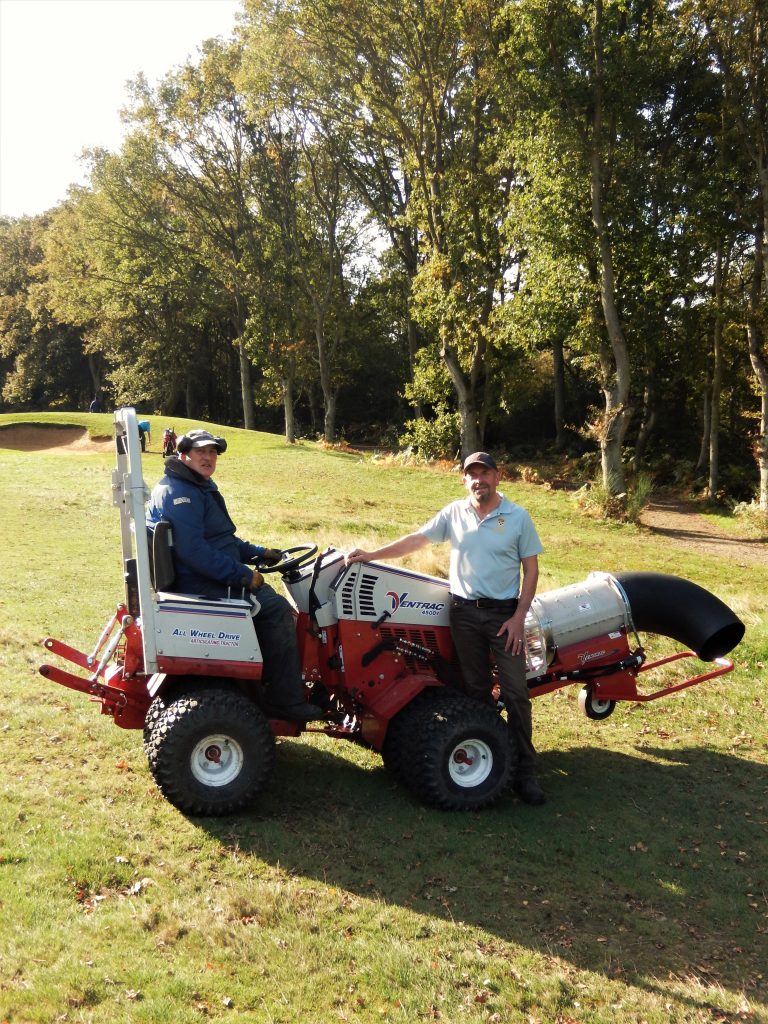
What do you think are the strengths that have carried you through your career and current position at Canterbury Golf Club and how will these strengths lend themselves to the shaping of the course and club for the years to come?
I find self-analysis difficult, so asked Linda (the wife). She says that I have an approachable, enthusiastic nature and strive to put things right. Will that do?
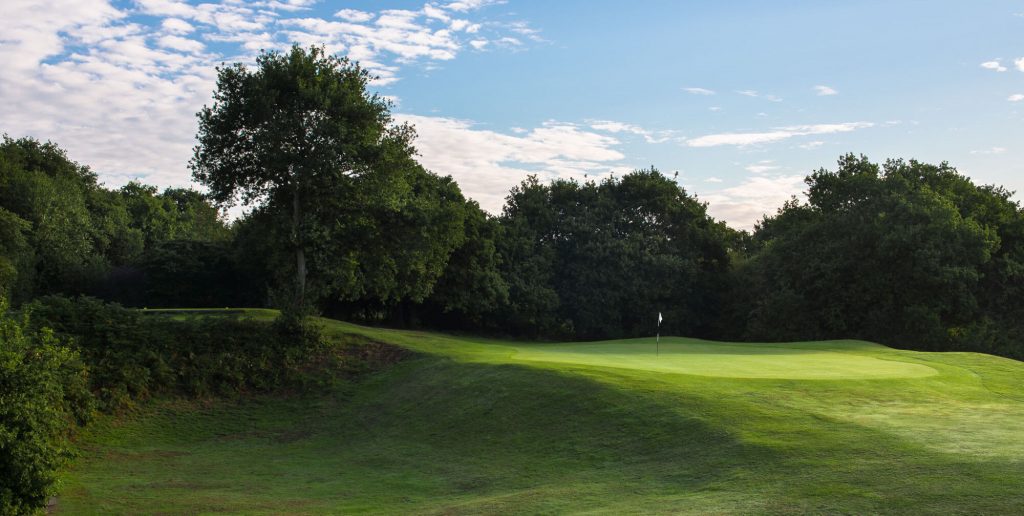
Yes! Back to the course though – it has a significant population of trees, how are you working with Natural England to ensure the best management programme?
Our relationship with Natural England is now a healthy one and would say that mutual respect and involvement have brought them on board with our intentions.
Specific areas of the course are covered by the SSSI and a great deal of voluntary work coordinated by David Elliott has enhanced these areas. We have also had an extensive biodiversity plan compiled and both elements have been welcomed by Natural England. The course was originally described as having been literally carved out of the gorse and so the prolific ingress of trees are described by Natural England as secondary woodland. We are in the early stages of addressing invasive species reduction and will continue to concentrate our efforts around more tees and green complexes.
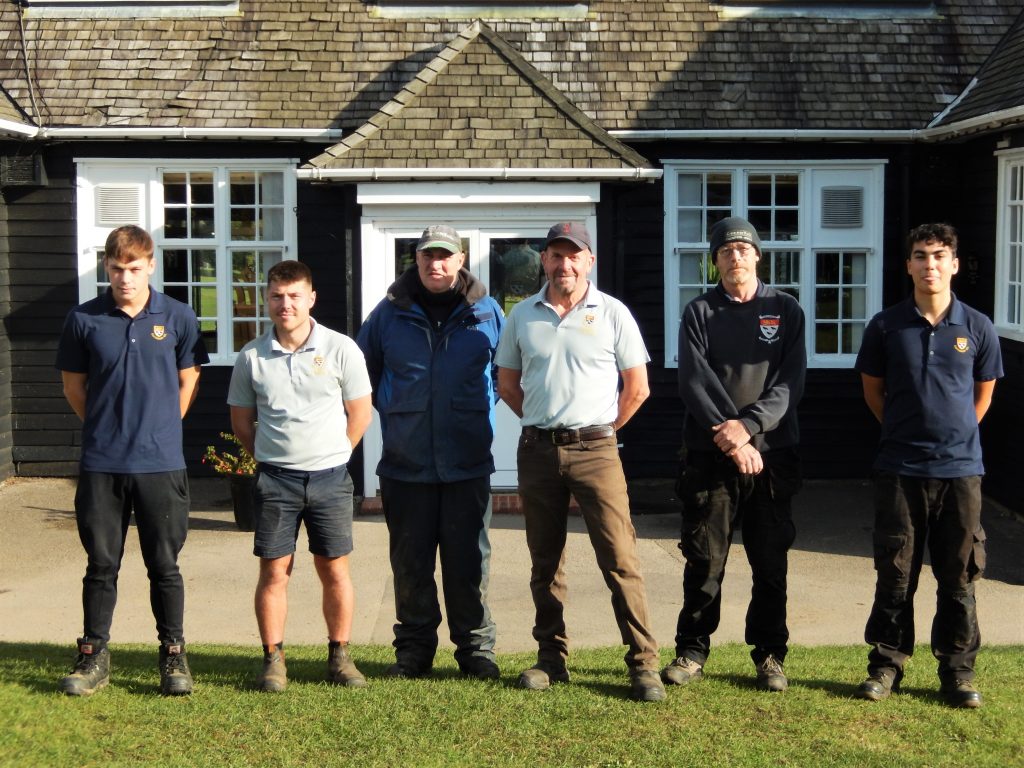
Most of the courses you have worked at have been Harry Colt courses. What is the appeal, how would you describe your experience of working on courses designed by one man and what appealed to you in particular about Canterbury Golf Club?
Golf course architecture has fascinated me from the start and in particular the designers working around the turn of the 19th / 20th centuries. Colt for me was the greatest exponent of fine golf courses throughout this period. When walking Canterbury over the weekend prior to my interview, my instant desire was to get hold of it. The course had been left behind somewhat, over the decades since its conception, mainly due to the land being owned by the Ministry of Defence. With the club having recently bought the land and with the consultancy of Roger Hyder bringing a good financial backbone to the club, it seemed like the right time to join Canterbury.
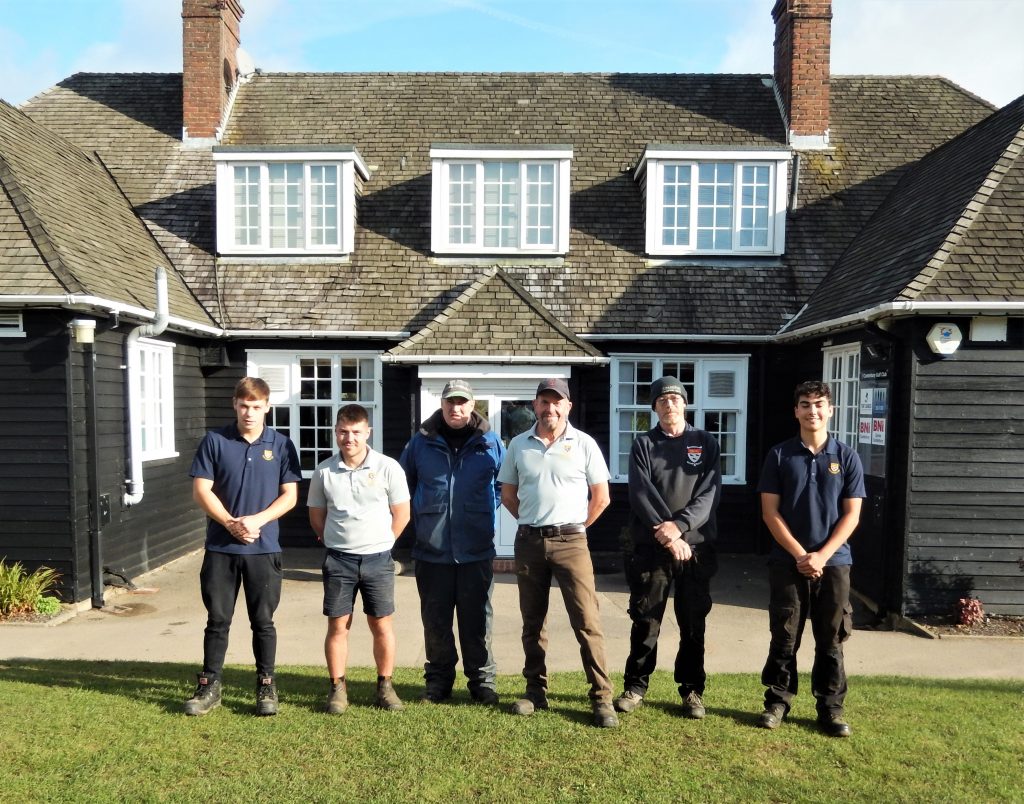
Mentors and those who support us in our early years are important to each of us as we start to tread our career path. Looking back, who are those who have helped you and who has had the biggest influence on where you are in your career today and for what reasons?
At Worthing apart from Jake, brothers Bobby and Alec McKay who had come down from Royal Dornoch, Bill Paine who went on to look after Goodwood and Hugh himself to some degree all helped guide my first couple of years. Leon Edwards, head at Hillbarn Golf Club worked miracles on that course, a total inspiration in every way. So much so that I wanted to name my son after him, but his mother wasn’t having any of it! I can’t leave out Roger Hyder who has been so supportive since arriving at Canterbury. Biggest Influence of where I am today? Hanging up that guitar!
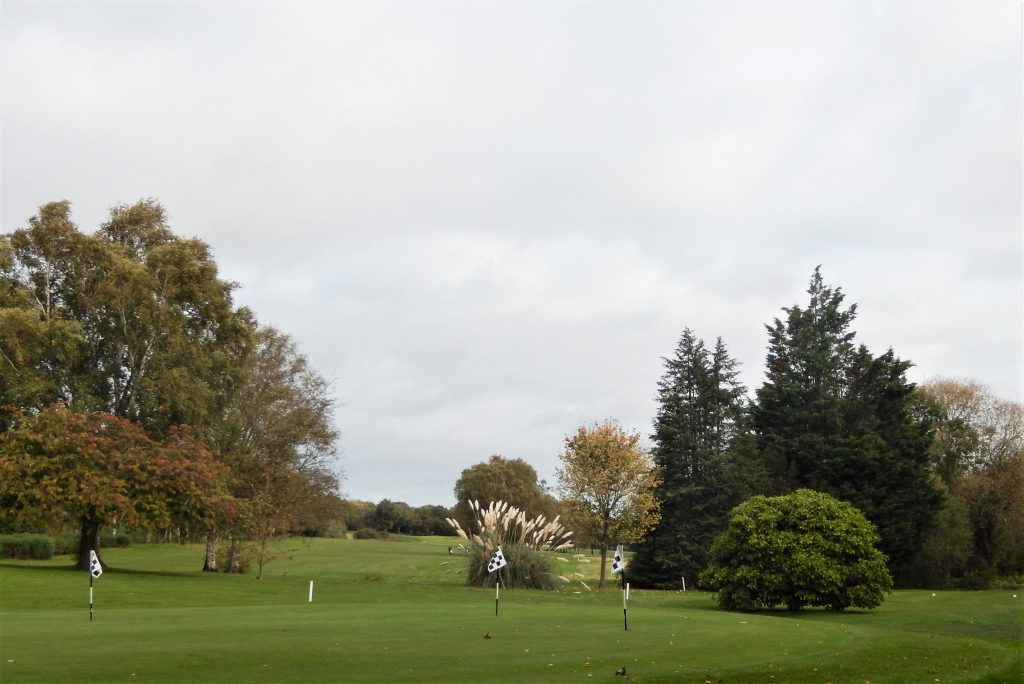
The pressures on the course manager to deliver a better product are growing year on year and the level of professionalism is rising with this. What do you think are the qualities now needed to meet the requirements and demands of golfers by someone in your position and how does this help contribute to the business of golf?
The necessary virtues have not changed, just more important now than ever before. Most are listed in any advert for a course manager’s position in the job section of the BIGGA website. But a couple from me would be dogged determination and develop a duck’s back.
Understanding that you and your team can have a huge impact on the golfer’s experience and how connected to the success of the business you are.
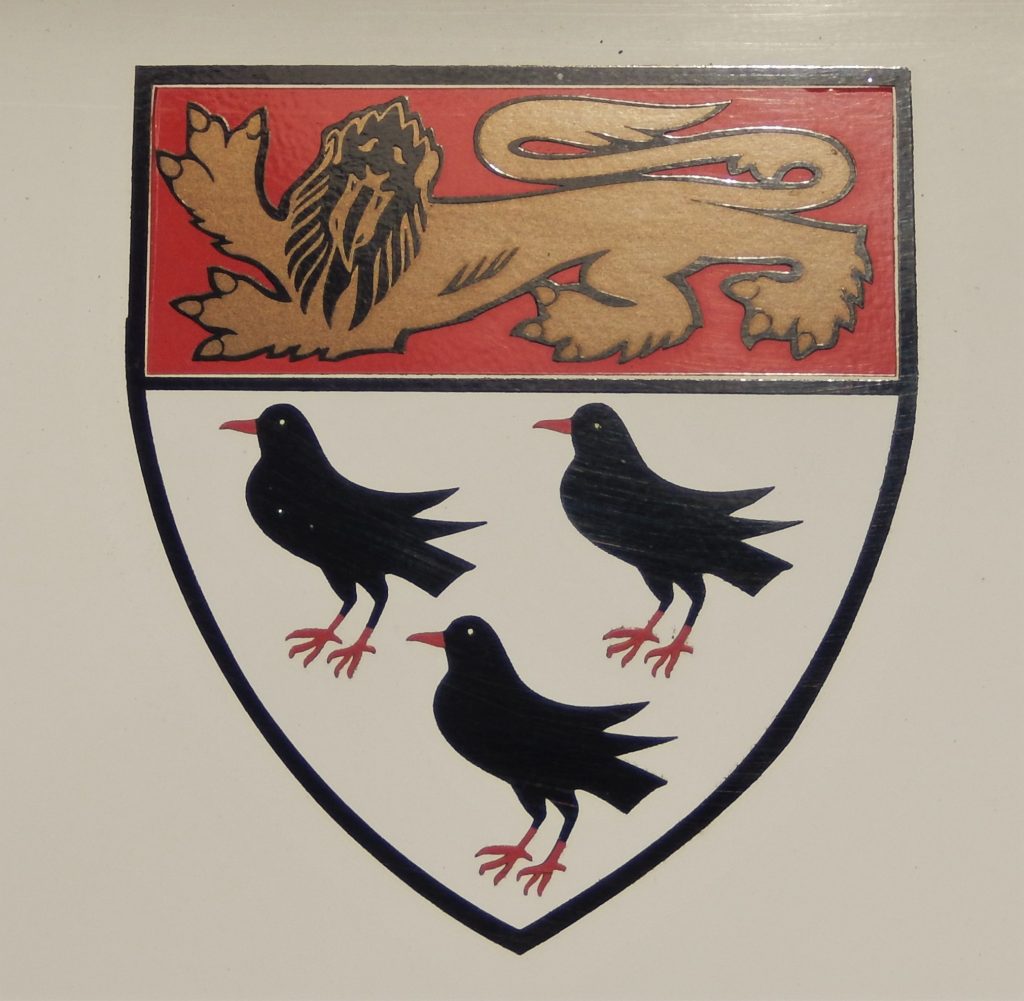
What currently gives you the greatest satisfaction from your job, how do you feel daily when you are moving around the course looking at what you and the team have achieved and what is your philosophy toward helping others in their career and what do you feel are your biggest achievements to date?
My course walks with Roger Hyder and James Edwards (architect) and seeing the team sharing a joke give me the greatest pleasure and overhearing golfers saying how great it was out there. I’m proud of what the team are achieving, the wealth of knowledge of the course that the older guys have, and the youthful vigour of the newer recruits make for a good mix. If any of the team are keen to develop their career path then I will do my best to help, enquiring as to what they need to progress, giving advice and being approachable are all part of my role. Biggest achievements are becoming course manager at a great Colt course, playing my own music to audiences of 2,000 plus and catching a double figure bass at sea from my kayak.
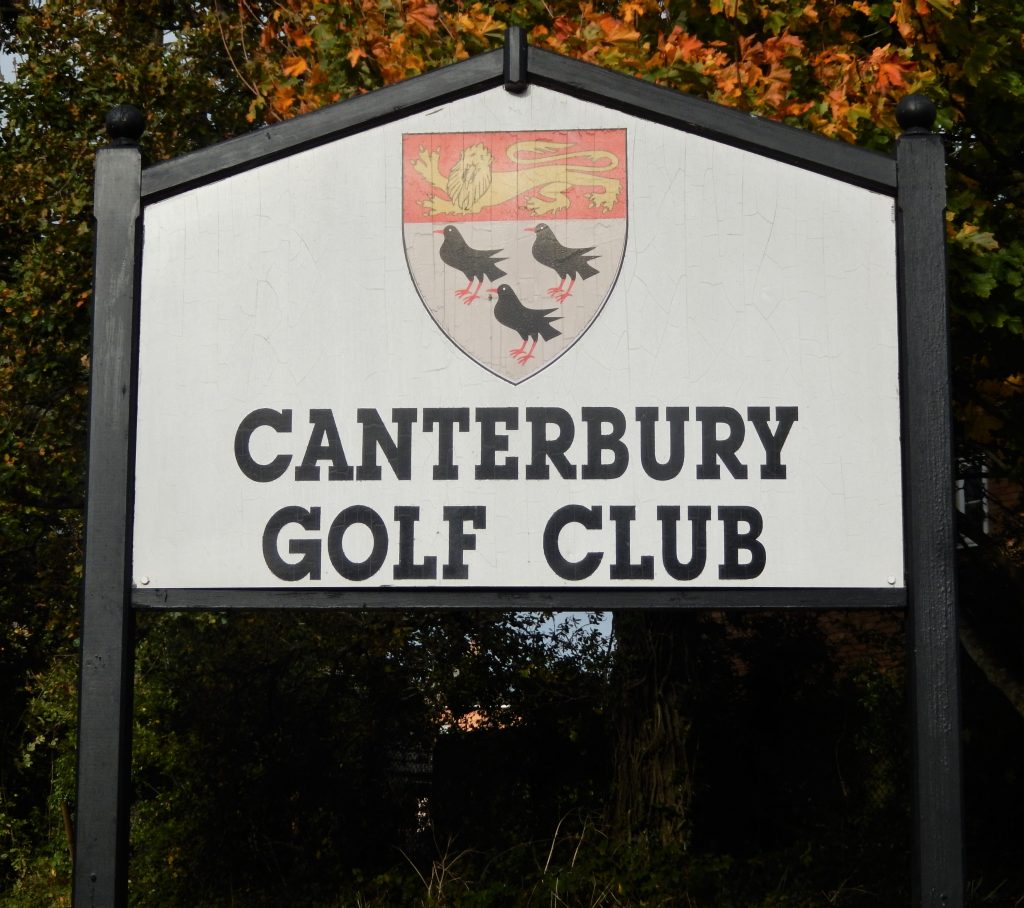
With your experience, what advice would you give to youngsters starting out and wanting to pursue a career in the profession?
If you have read this far through this interview, then you must have a keen interest. If you aspire to manage a course of your own one day, then do all you can to develop your CV. Push your boss for time to do extracurricular, volunteering at majors and so on, play more golf, get out there and get known. Be brave and don’t be held back by self-doubt because anything is possible.
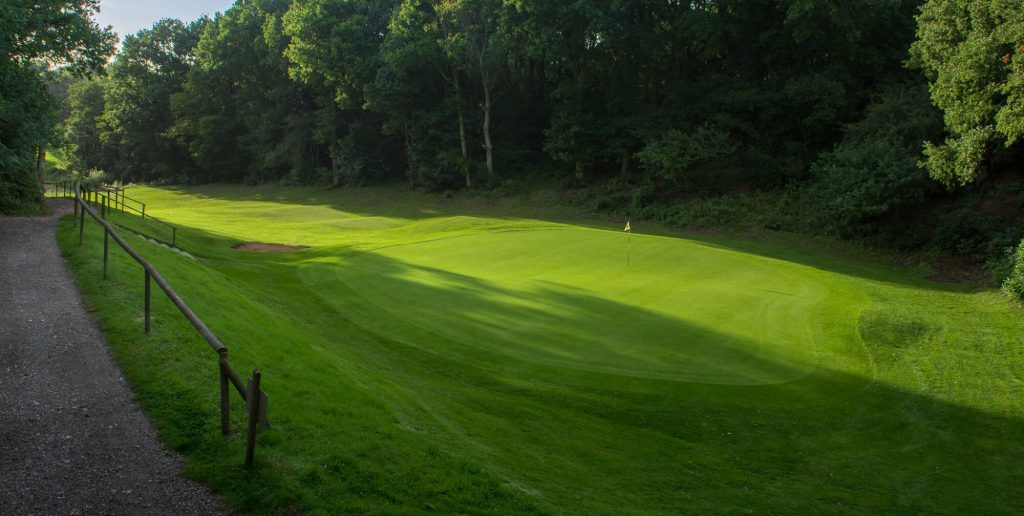
What changes do you think need to be made to benefit the industry sector and profession of the greenkeeper?
I think we are at a crossroads, the like of which I have not seen in 40 years of greenkeeping. This year we have seen an unprecedented amount of movement with managers’ positions advertised and it speaks for itself. People are walking away or being pushed out because of a lack of understanding. The support from the governing bodies of our industry to communicate to all golfing facilities about the potential pitfalls that will come from products being taken off the market is paramount. I’m not talking about a free poster or magazine article. There needs to be a round-robin email to every club from a united R&A, STRI, England Golf and BIGGA addressed to greens committees, board members, owners and so on. And then another email, and then another. Mental welfare is a massive, massive issue within our profession. Don’t keep telling us that you’re aware, because we already know. Support greenkeepers by striking at the heart of the problem.

























